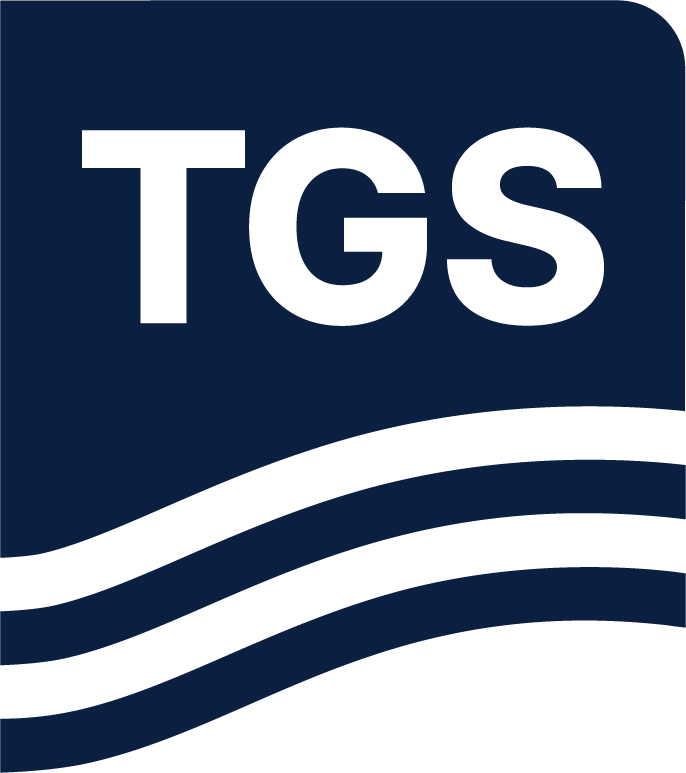Paper Summary
We investigate dictionary learning (DL) method for enhancing the signal-to-noise ratio (SNR) of a seismic data. The method is applied in windows, where each of these windows is subdivided into overlapping small two dimensional (2D) patches. Each patch is approximated using a linear combination of elementary signals (or atoms) from a set called dictionary. Denoising is performed by assuming the signal in each patch can be represented as a linear combination of a few of the atoms in the dictionary. This dictionary can be constructed either assuming a mathematical model for the signal (e.g. wavelets and curvelets) or can be learned to perform best on a training set. Unlike predefined general purpose dictionaries, learned dictionaries avoid any assumption about the morphology of the seismic data. Hence, denoising by DL ought to provide state-of the-art results. In this paper, we demonstrate the performance of the K-means singular value decomposition (K-SVD) based DL denoising both on synthetic and field datasets. The significantly high signal preservation and SNR enhancement ability of DL denoising is illustrated with a comparison with that of conventional FX deconvolution.

